Mobile phones run the world, and according to Statista, 52.2% of all traffic on the Internet worldwide was created via mobile phones.
While the growth of smartphone usage is undoubted, mobile app and developing testing are continuously evolving.
The rise of DevOps and Agile principles and significant modifications in testing software mean that app developers now are trying to catch up.
Fortunately, mobile testing tool trends are catching on that will definitely reshape the future of mobile app development.
Technology transformations quickly affect the process and standards of app development and testing. Hence, making the mobile app commercial success is a challenge.
It’s compulsory for the quality assurance team to learn and adopt the tweaks of testing swiftly to stay ahead in the pace.
Here are the Latest Mobile App Testing Trends for 2020:
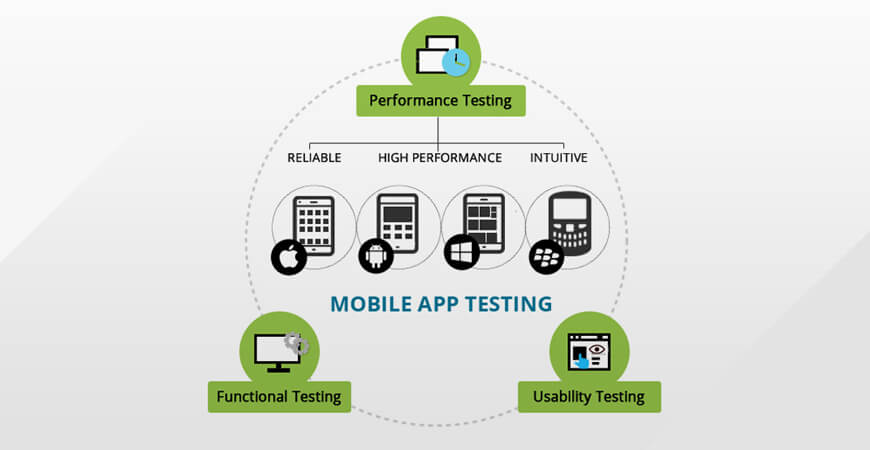
The updates this time are mainly settled around performance and security.
Improvements in the DevOps Adoption and combined role of Automation and Testing push the professionals to keep learning and win the challenges by adopting a smart way.
App testing 2020 encourage testers to be logical, to develop a smooth process which offers customer support and to build social networking skills.
Want to learn more? Let’s discuss in detail!
#Trends 1: Optimize Coverage of Mobile Test Automation
Due to increasing complications and threats in mobile apps, a Mobile App Development Company needs enhanced test coverage for the enterprise setting.
It will be important to plan the processes of automation and create the needed infrastructure.
Whether you optimize a licensed tool or choose an open-source platform, it has to provide elevated test coverage, catering to every single problem inside the app or its use.
Test automation guarantees the needed functions and checks the app often under various conditions for gaining expected results.
#Trends 2: Open Source Tools will be in High Demand
Businesses imply open source tools in the app to improve the performance concerning development and operations, test automation.
Better performance means better business! So, undoubtedly open source tools will be the first preference of expert QA professionals.
#Trends 3: Enhanced Clarity for the Processes of Mobile Test Automation
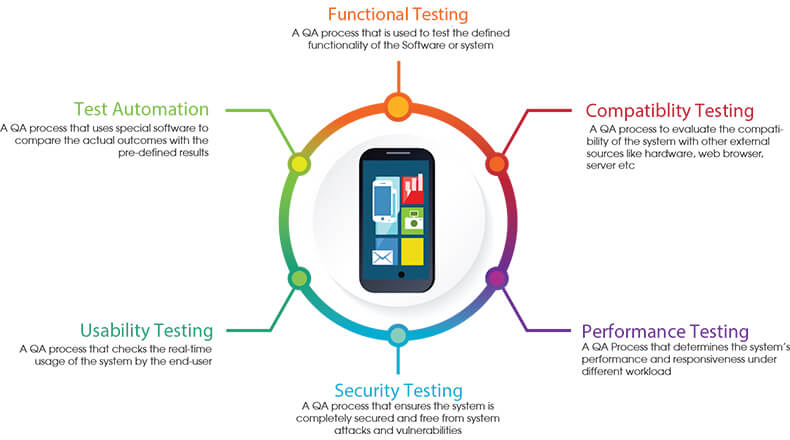
Mobile test automation always needs more clarity as application testing will be done at a granular, case of use level.
The tools optimized for mobile test automation will have to offer total clarity that aids teams to obtain transparency over testing and every issue internally.
Additionally, the testing structure is constantly improved and developed. Thus, testers return and check the test data for the needed code updates.
Failure rates, testing time, and several queries related to testing can be maintained easily. This will moreover increase transparency and developers or teams will be more educated and observant.
#Trends 4: Put the Quality and Speed Together
In the quick-moving time, nobody would love to wait so far even for high-quality products.
Hence, this aspect of delivering the best quality by consuming minimum time will continue to rule 2020 and beyond.
Advanced Automation is the blessing of running era for raising the product standards which offer the best solution.
#Trends 5: Agile and DevOps be the Key Drivers

Technavio analyst forecasts to grow global software testing market at a CAGR of more than 14%. In the coming years, test automation will have a dominate with the integration of the development process.
Agile testing services and the DevOps skills will reflect Iterative behavior which to redefine the app development process regarding velocity, performance, and flexibility.
#Trends 6: Testing Configurations and Devices
Today the market is overwhelmed with new handsets of various configurations, piled with many operating systems, and screens with different dimensions.
This latest trend in mobile apps testing is going to increase over a certain duration that will make testing more automatic, difficult, and complicated.
Test automation frameworks and plans will get created in a way as to make mobile apps dependable and reactive over every device.
Constant innovation is required for constant improvement, which is challenging without constant testing across platforms for test automation.
It will assist teams to monitor for problems and bugs heading forward in the cycle of testing. Mobile test automation management and safety thereby aid to present new bugs with the app.
#Trends 7: A Sync between Development and Testing
The Agile and DevOps expect more interaction between the testing and development teams, so testers need to learn to code and work along with the developers to get the best outcomes.
The agile methodology encourages to end with the quality intact comes in the roles and responsibility of both developers and tester. Hence, testers need to develop the new skill sets to stay the pace.
#Trends 8: Tighter and Fewer Launch Schedules
Every day, many mobile applications get introduced with different objectives and that too for many users.
Meanwhile, there are constant updates that appear regularly to make the user experience plentiful and better.
Test automation is an important option that app developers need to get things performed correctly.
Moving forward, the cycles of release will be reduced, which will eventually result in tighter schedules for testing.
The complexity at which mobile apps are operating where a steady test code is written will diminish, and the code will work concurrently on mobile platforms.
Therefore, the time to write and consolidate the tests inside the framework will be reduced.
#Trends 9: Change From Performance Trial To Performance Engineering
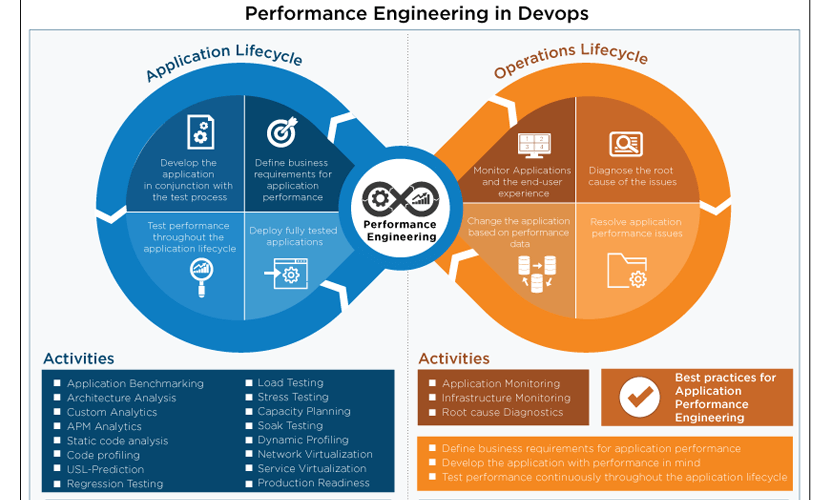
User experience (UX) is a massive deal and that is not a surprise. It is among the key factors behind the success of an app. Therefore, moving from performance testing to SPE (System Performance Engineering) is critical for improved user experience.
Performance engineering guarantees the elements of the network are working as expected. It provides testing teams more data, versatility, and bigger possibilities to automate processes.
This method centers on the design, architecture, and mobile app implementation. It reduces cost during the life cycle of software development while fitting performance demands on time.
In the end, System Performance Engineering affects the return on investment positively.
#Trends 10: Proficiency in Big Data Testing
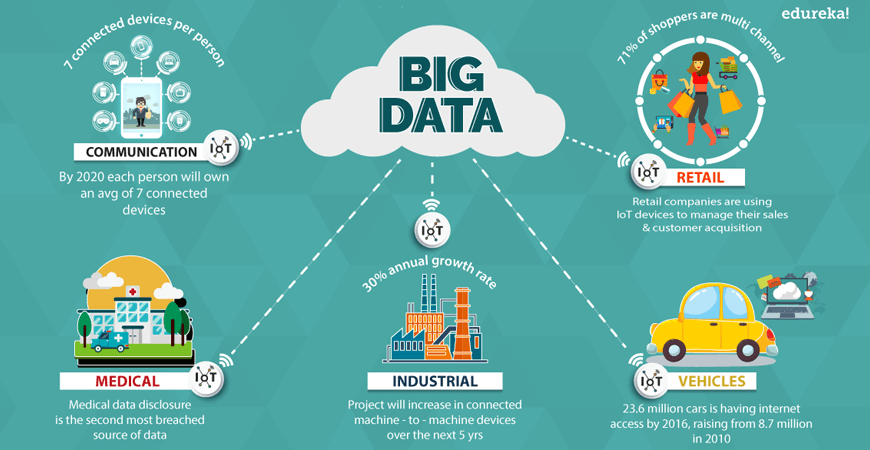
In the time of artificial intelligence and automation, each business is supposed to deal with the big data that empower dataset testing.
Adopt automation over manual testing with the updated analytical tools, techniques and frameworks with the third-party integration.
#Trends 11: Acclimate to the Internet of Things (IoT)

It is indisputable that we live in the world of linked devices and that is unchangeable. Gartner, in fact, approximates that over 20 billion products will be linked by 2020.
Internet of Things grows upon the opportunities of technologies, but this also comes with rising threats to security. That is why QA teams have to be careful when doing both dynamic and static testing of IoT devices.
These devices have to be tested for dependability, functionality, and—more significantly—safety. However, this is easier said than performed.
It can be challenging to set security preferences and determine the correct testing tools. For one, the testing teams must use a TAAS (Test-As-A-User) method rather than a regular demands-based approach.
Moreover, consolidation testing is another important tool for IoT.
#Trends 12: Artificial Intelligence (AI)

Mobile app testing is the only preferred way where an app can be checked under particular situations and where testers can determine the dangers associated with app implementation.
Testing on Android App Development and iOS App Development, on the other hand, is gradually changing to higher automation to guarantee the highest precision and efficiency in the approach to digital transformation. While attempting to make apps dependable, the world is moving to AI.
This implies that instead of human touch and testing manually, we are turning towards a future where machines will eventually assume control.
#Trends 13: Robotic Process Automation (RPA)
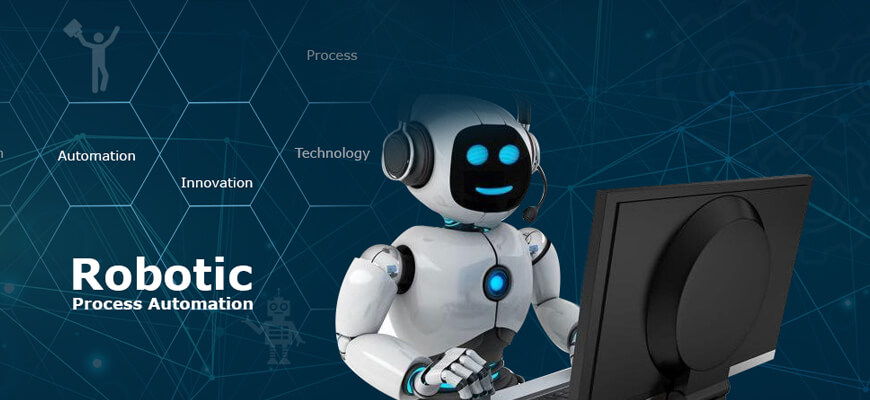
Today, improvements in Artificial Intelligence and mobile app testing domain have paved the path for RPA.
Recent and rising technologies such as AI, Cognitive Computing, Machine Learning, and the Internet of Things are changing industries.
RPA is the new tech on the block that has the capability to transform the aspect of managing business processes.
Conclusion
The rising demands of devices can be a challenge for QA testers and mobile app developers. The latest mobile apps testing trends will lead to new difficulties for testers but they will also make the development plan more cost-effective and productive.
While it is crucial to know testing trends, it is simultaneously important that testers do what is best for their product.
Adding a cohesive and comprehensive solution for testing, the trends mentioned above equal quality support.
2020 is all set to challenge the testers regarding defining the right strategy and evolve the skills of development. Harnessing the proficiency for Agile methodology and DevOps is the dominant way to rule 2020.
